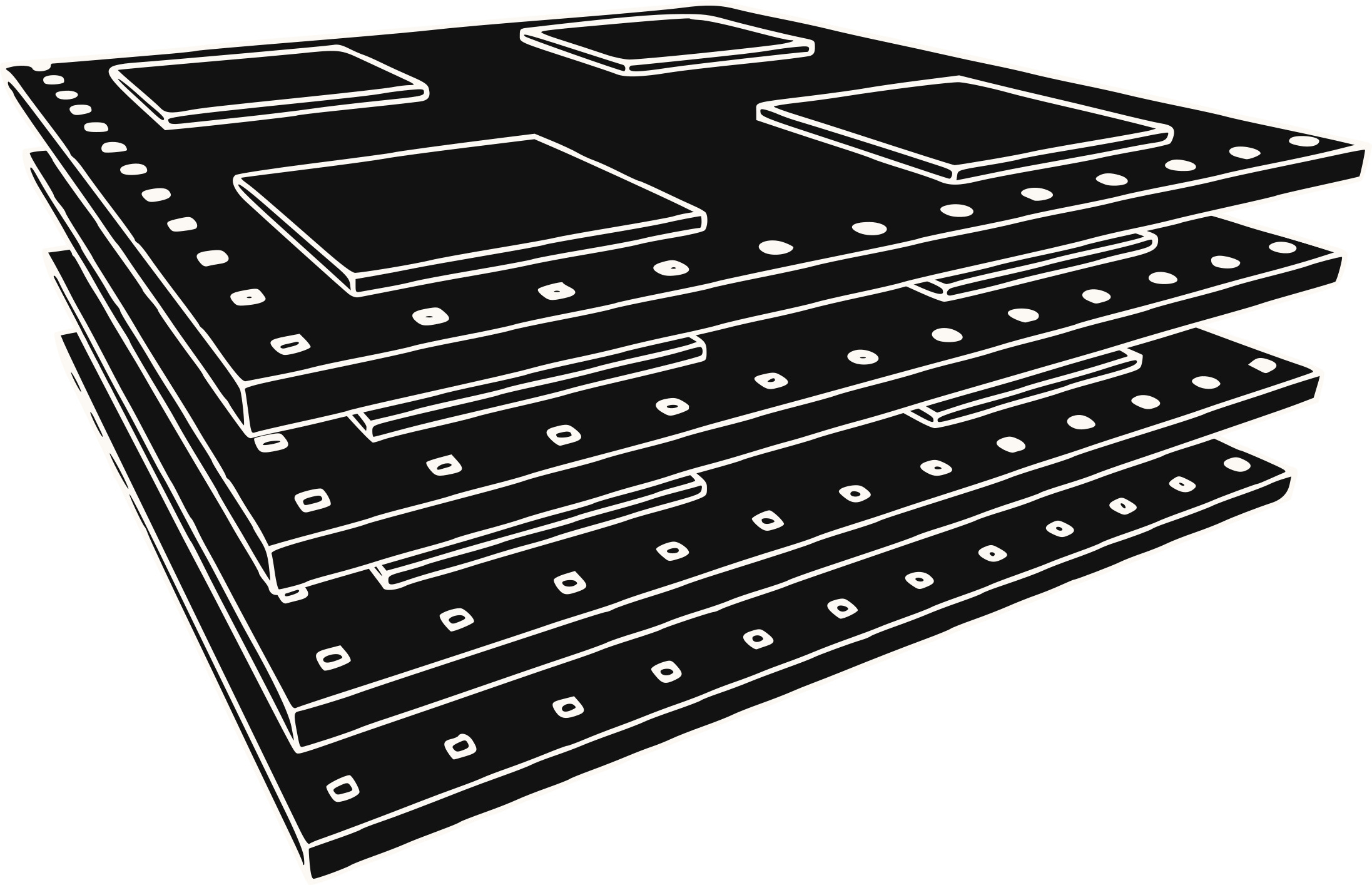Semron chip wants to replace transistors with ‘memcapacitor’
3 min readA new startup based in Germany, semaronis developing “3D-scaled” chips to run AI models natively on smartphones, earbuds, VR headsets and other mobile devices.
Co-created by Kai-Uwe Demasius and Aaron Kirschen, engineering graduates of the Dresden University of Technology, Semron’s chips use electric fields to perform calculations instead of electrical currents – the medium of traditional processors. Kirschen claims this enables the chips to achieve higher energy efficiency, while also keeping the cost of their production low.
Kirschen told TechCrunch in an email interview, “Due to the expected reduction in AI compute resources, many companies with business models that rely on access to such capabilities risk their very existence – for example, large startups that Let’s train our own models.” “The unique features of our technology will enable us to approach the price of today’s chips for consumer electronics devices, even though our chips are capable of running advanced AI that others are not.”
Semron’s chips — for which Demasius and Kirschen filed an initial patent in 2016, four years before Semron was founded — incorporate a somewhat unusual component known as a “memcapacitor,” or capacitor with memory, to run calculations. . Most computer chips are made of transistors, which, unlike capacitors, cannot store energy; They simply function like an “on/off” switch, either letting electrical current flow or stopping it.
Semron’s memcapacitors, made from conventional semiconductor materials, work using a principle known in chemistry charge shielding, Memcapacitors control an electric field between the top electrode and the bottom electrode through a “shielding layer”. The shielding layer, in turn, is controlled by the chip’s memory, which can store different “weights” of the AI model. (The weights essentially work like knobs on a model, manipulating and improving its performance as it trains and processes data.)
The electric field approach minimizes the movement of electrons at the chip level, thereby reducing energy use and heat. Semron aims to take advantage of the heat-reducing properties of electric fields to put hundreds of layers of memcapacitors on a single chip – significantly increasing compute capacity.

A schematic showing Semron’s 3D AI chip design.
“We use this property as an enabler to deploy several hundred times more computing resources on a given silicon area,” Kirshen said. “Think of it like hundreds of chips in one package.”
in 2021 Study published in journal Nature Electronics, Semmaron and researchers at the Max Planck Institute for Microstructure Physics successfully trained a computer vision model at an energy efficiency of more than 3,500 TOPS/W – 35 to 300 times higher than existing technologies. TOPS/W is a bit unclear metricBut the main thing is that memcapacitors can dramatically reduce energy consumption when training AI models.
Now, it’s early days for Semron, which Kirschen says is in the “pre-product” stage and has “negligible” revenue to show. Often the hardest part of growing a chip startup is achieving scale manufacturing and gaining a meaningful customer base – though not necessarily in that order.
Making matters more difficult for Semron is the fact that it faces stiff competition in the custom chip enterprises. Neron, in charge And Tenstorant, who have collectively raised hundreds of millions of dollars in venture capital. Encharge, like Semron, is designing computer chips that use capacitors instead of transistors, but use a different substrate architecture.
However, Semron – which has an 11-person workforce, which it plans to expand to about 25 people by the end of the year – has managed to attract funding from investors including Join Capital, SquareOne, OTB Ventures and Onsite Ventures. To date, the startup has raised 10 million euros (~$10.81 million).
SquareOne partner George Stockinger said via email:
“Computing resources will become the ‘oil’ of the 21st century. With infrastructure-hungry big language models conquering the world and Moore’s Law reaching the limits of physics, a major bottleneck in computing resources will shape the years to come. Inadequate access to computing infrastructure will greatly slow the productivity and competitiveness of both companies and entire nation-states. Semron will be a key element in solving this problem by providing a revolutionary new chip that is inherently specialized in computing AI models. It breaks the traditional transistor-based computing paradigm and reduces the cost and energy consumption for a given computing task by at least 20 times.
(tagstotranslate)ai

